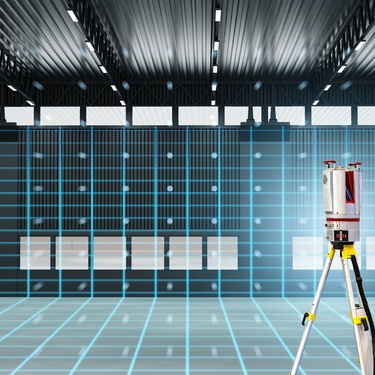
Once you survive the hunt for the perfect house, making it through rigorous home inspections can be daunting and sometimes costly. Completing the necessary inspections to ensure you can move into a safe, secure home is critical. There are various components to include on your checklist, but here are some of the most common items to consider in a home inspection.
The Foundation
Foundation issues pose substantial risks to your ability to safely live in a home long term. Issues such as cracking, settling, and inadequate framing can lead to structural problems. Additionally, a bad foundation paves the way for other issues, such as leaks in the roof, windows, or basement.
Plumbing and Pipes
The plumbing system is an area that commonly fails home inspections. Not many homeowners know how to take care of the sewer lines themselves, so this area can become a problem over time. Common signs of trouble include leaky faucets, poor drainage, or contaminated water.
Mold
One consequence of unresolved plumbing issues is the ability of mold to spread. When homeowners hear “mold,” they automatically assume it’s black mold. The truth is that exposure to any type of mold may lead to various health complications, from chronic headaches and skin irritation to respiratory issues. Finding the source of the mold, remedying the cause, and treating the mold itself are critical to stopping mold in its tracks.
Termite Damage
If there’s mold, there may also be termite damage or an infestation. The moisture that collects from the mold or an unknown leak will attract termites. These pesky creatures can work through wood, walls, beams, and hard-to-reach places.
Dry Rot
Dry rot in wood is another common item to add to a home inspection list. Specific areas to check include roofing, doorjambs, window frames, and exterior spaces such as decks and stairs.
HVAC System
Ensuring that the HVAC system is working correctly can save you thousands as a new homeowner. Make sure your inspector checks and double-checks the entire system. They can also verify that the wiring and hookups are safe and that the carbon monoxide and smoke detectors are in good, working condition.
The tedious task of inspecting a home and ensuring that it’s ready to move into can be challenging to navigate. But in the end, this process can save you money and potentially your health. Remember all the hard work you put into owning your new home, and follow your inspection checklist to maintain its viability.



















